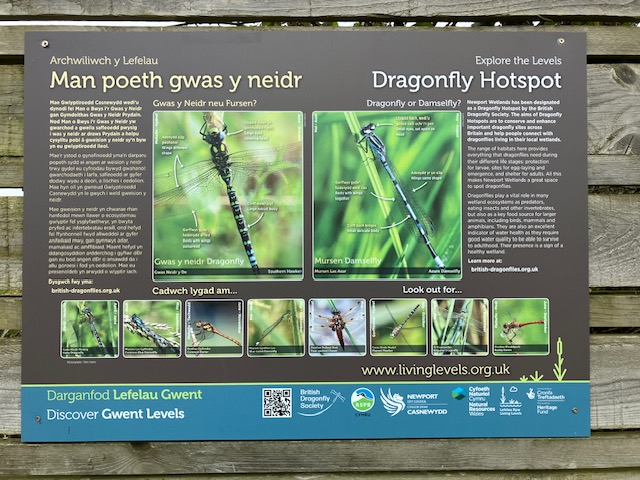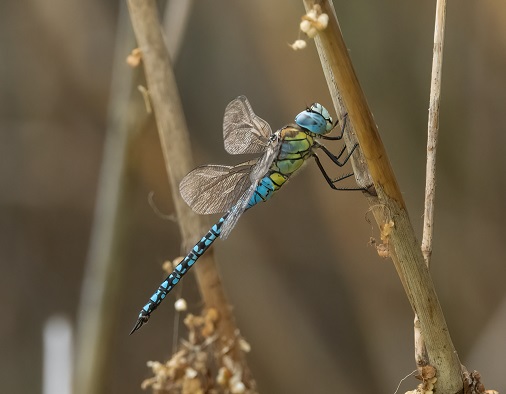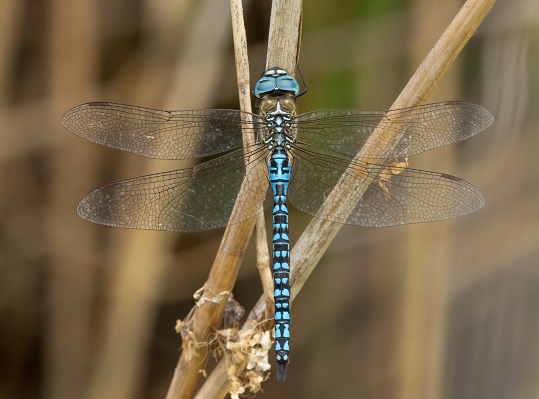Monmouthshire dragonfly recording update 9, November 2024
I hope you’ve all had a rewarding dragonfly recording season. With today’s snow, we may now have seen the last adult dragonfly of the year, so that’s as good a time as any for another newsletter.
Your deadline for contributing 2024’s records
Thanks for all the records you’ve been contributing through the year. As with 2023, the large number of records from new areas this year will make it worthwhile producing an updated set of atlas maps over the winter. If you have any records that you’ve not yet sent me (for 2024 or earlier years) then your deadline is 31 December. This will be the half-way point of our atlas project, so it will be good for these maps to be based on as complete a set of records as possible.
Gwent Levels Dragonfly Hotspot launch
The British Dragonfly Society celebrated Dragonfly Week back in the summer on the Gwent Levels with the launch of our two-centre Dragonfly Hotpost (Newport Wetlands and Magor Marsh).
This information board, with text in both English and Cymraeg, is now in place at Newport Wetlands at what3words location ///cuddled.procures.panel

Common Hawker in eastern Monmouthshire
We have a well-established population of Common Hawker (Aeshna juncea) in our western uplands, but it is a very rare dragonfly elsewhere in the county. Gill and Nick Saunders found a mating pair (and observed the female oviposting) at Cleddon Bog, near Trellech in September 2016, and this is the only known site in the eastern half of the county. There hadn’t been any records from there since then, so I was very interested when Barbara Heys sent me a photo of a dragonfly she wasn’t able to identify with certainty from this site in September this year, as it appeared to be a Common Hawker. I was able to get to the site a few days later, and had excellent views of a male, in territorial dispute with a Southern Hawker (A. cyanea), so it’s good to know Common Hawker is still found here. There could be other sites elsewhere on the Trellech ridge and searches here in 2025 may prove fruitful. This is a species which is badly-named as it has quite specific habitat requirements: ponds on boggy heathland and moorland, so it is unlikely to be found often very far away from its known areas in the county. Graeme Walker photographed a female at Uskmouth in 2012, but this is our only other record to date away from the breeding areas: a mosaic hawker in lowland parts of the county will almost certainly be either Southern Hawker or Migrant Hawker (A. mixta).
A Lesser Emperor at Newport Wetlands in August
A Lesser Emperor (Anax parthenope) was seen on 3rd August at Newport Wetlands, Uskmouth, by Paul Grennard, visiting from Pembrokeshire. This brings the total of records in the county to five (involving seven individuals, as three were at Wentwood reservoir in 2023). This species looks like it will become a regular feature of our local dragonfly fauna, as it is now well-established in western England, and regularly recorded at Kenfig Pool in Glamorgan. This species has a two-year lifecycle, so It will be interesting to see if the breeding activity seen at Wentwood last year results in further records there in 2025.
Multiple Southern Migrant Hawkers at Goldcliff Point
Southern Migrant Hawker (Aeshna affinis) is the other species found for the fifth time in the county this year. James Thorpe, Dave Jackson and Brian Marsh, visiting from the Midlands to see a Baird’s Sandpiper at Goldcliff Point, found a male of this impressive-looking hawker over the ditch just inside the seawall east of the point on 5th August. It stayed for a number of days. Two males were seen together later in the month by Lee Gregory, our first multiple sighting.
 |
 |
The Monmouthshire ponds and lakes inventory: an update
Further data gathering has taken place (both on the ground, and by searching Google Earth and Ordnance Survey maps) since my previous mention of this project in update number 7, and the candidate list of waterbodies in the county is now well into four figures. Collating the data for all of these will take some time and so the inventory will be released in multiple stages, with an initial release covering the main sites, and then each subsequent stage adding further waterbodies. I hope to make some good progress on the first version of the inventory this winter. If you are interested in being kept up to date on progress with this piece of work, please get in touch and I’ll add you to the mailing list for the project.
A correction
Update number 7 included a comment that the Southern Migrant Hawker individual found at Goldcliff by Phil James in 2023 was the first blue-morph female to be found in Britain. it turns out that that isn’t correct: blue-morph females had been recorded this at other sites in south-east England prior to that.
And finally, goodbye Small Red Damselfly
There’s been widespread scepticism for a while about the Monmouthshire records of Small Red Damselfly (Ceriagrion tenellum). Over the last year, I’ve been attempting to track down details of all of the records (and also looking into records from neighbouring counties). The conclusion I’ve reached is that there is no reliable evidence that this species ever occurred in the county, and so it is now removed from the county list; the relevant pages on the website have been updated to reflect this. Some of the records came from areas on the Gwent Levels where there isn’t (and never has been) any suitable habitat, and these can be easily discounted. There are several older records from upland sites between Cwmbran and Abergavenny, but there is no site with multiple records. The uplands were fairly well-recorded in the 1980s by competent observers and so if Small Red Damselfly was present there, we would have expected some of them to have recorded it, but all of the records were from inexperienced recorders, or recorders whose skill levels and familiarity with the species have not been possible to verify. Were Small Red Damselfly to have occurred in this part of the county, this would have been the highest elevation it had been recorded at in the whole of Britain (there are areas in the southwest peninsula at almost as high an altitude, but these are significantly warmer). Small Red Damselfly appears to be quite poor at dispersing, compared to other Odonata found in the uplands, although there are a few records elsewhere that presumably relate to wandering individuals (e.g. one photographed in the Mendip Hills in Somerset in 2006) so it is not impossible that it could appear here. However, without solid evidence to back up these past claims, the only reasonable conclusion is they were misidentifications. Large Red Damselfly (Pyrrhosoma nymphula) is a common and widespread species in the uplands and the likeliest explanation is that the observers saw this species, but didn’t check the key identification features carefully.
Contributing your records
I’m happy to receive your records via any method which suits you: it’s better to receive a record than not to receive it. The iRecord system is my preferred method. If you’d like to use iRecord, please go to https://irecord.org.uk/ and create an account. I’m more than happy to show you how to use it over a video conference, or in person if you live somewhere within easy reach.
Steve Preddy, Monmouthshire County Dragonfly Recorder, British Dragonfly Society
